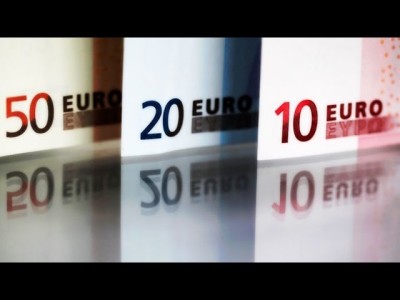How Companies Use Hedging in the Money Market
Often, when a company does business with a foreign customer or supplier, they want to eliminate the risk that exchange rates between the two countries will change unfavorably by the time that payment is made. This risk is known as transactional exposure – as opposed to translational exposure, where a company holds foreign assets whose value could be affected by exchange rate changes.
One of the ways that a company can eliminate this risk is by using a money market hedge. In essence, a money market hedge allows them to lock in the current exchange rate for a fixed period of time. For example, if a Canadian company expects to receive a payment in US dollars in one year’s time, they can use a money market hedge to lock in the current USD/CAD exchange rate for one year. Similarly, if they expect to have to pay a US supplier in one year’s time, a money market hedge can be used to lock in the exchange rate for this as well.
Let’s take a look at an example where a Canadian company expects to receive a payment of $200,000 in one year’s time. Assume that the current USD/CAD exchange rate is 1.10 – in other words, US$1.00 currently buys C$1.10. Also assume that the company can borrow USD at 3% per annum, and can get 2% interest on CAD deposits. To construct a money market hedge, the Canadian company does the following:
- Borrow enough USD so that the amount that has to be repaid in one year is exactly $200,000 including 3% interest. This amount is approximately US$194,195.
- Immediately convert the borrowed USD into CAD at the current exchange rate of 1.10. This yields approximately C$213,590.
- Put the C$213,590 into an interest-bearing account at 2%.
- In one year’s time, the company receives a payment of US$100,000 which they use to pay off the USD loan in full.
- At this point, the amount of CAD they have on deposit has grown to C$217,864.
At the end of one year, the Canadian company has received an effective exchange rate of 1.089, which is slightly less than the 1.10 exchange rate due to the difference between the 3% interest rate they had to pay on the USD loan and the 2% rate they received on their CAD deposit. However, the point is that this rate is completely predictable – even if the USD/CAD exchange rate dropped to 1.00, they would still have the same C$217,864 at the end of the year.
Of course, the Canadian company only comes out ahead if the Canadian dollar rises in value during the year. If the Canadian dollar drops against the US dollar, then the company does not benefit from this if they use a money market hedge. However, what they have secured is a guaranteed, risk-free exchange rate in the future – which is the intent of the hedging mechanism.










